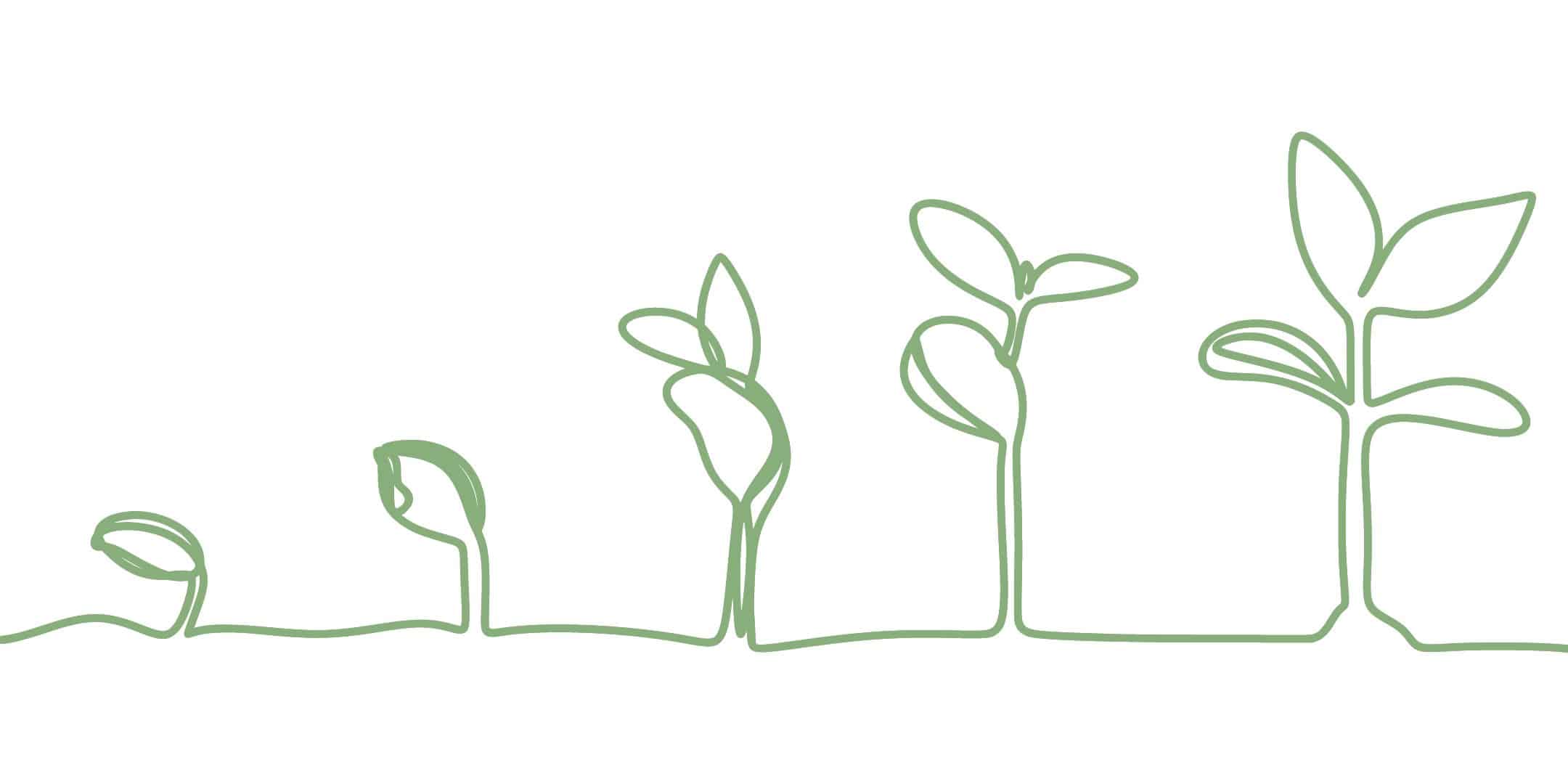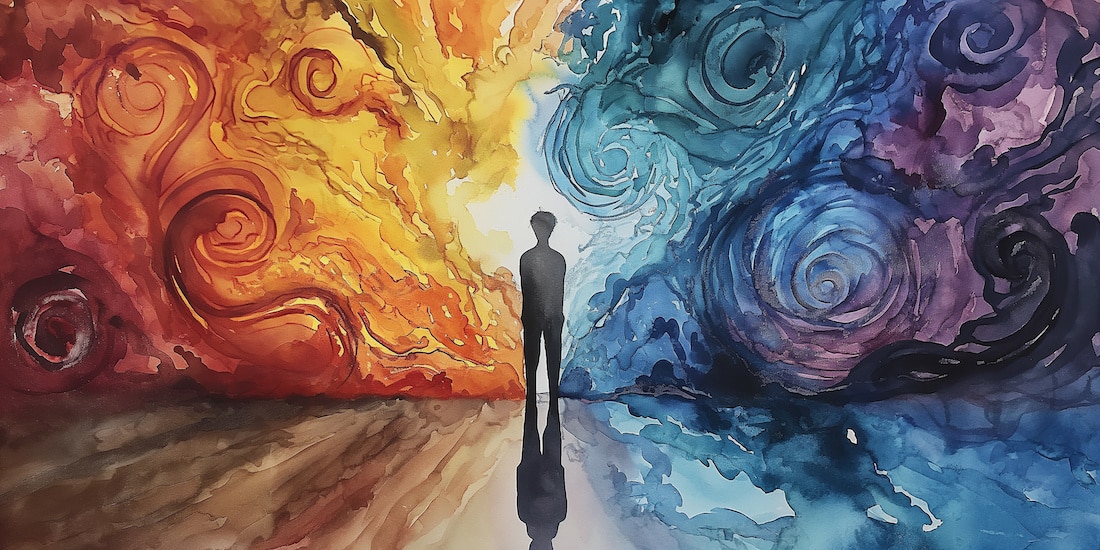Pervasive developmental disorder can most easily be defined as a developmental disability in which limited signs and symptoms of autism are present. The condition is often referred to as “atypical autism”, however, individuals with PDD-NOS are often too social to be considered autistic and often live highly functional lives. The greatest obstacles for someone with PDD-NOS are language and nonverbal communication and some impairments with their cognitive functioning.
The most common signs and symptoms of pervasive development disorder include
- Difficulty controlling personal behavior and emotions.
- Difficulty adapting to unfamiliar places and routines.
- Difficulty relating to others; doesn’t make eye contact or show facial responses.
- Some sensitivity to touch, light and sound.
- Frequent outbursts and tantrums as a result of feelings of anxiety or fear.
- Dwells on certain topics for long periods of time.
There are three distinct subgroups that people with PDD-NOS will typically fit into.
- Meets the diagnosis for autism but doesn’t display repetitive behaviors. The majority of people with PDD-NOS will fit into this category.
- Shows impairments both in language and cognitive skills. Individuals that fit within this group will resemble people with Asperger’s Syndrome.
- Shows symptoms that will appear on the autism spectrum but symptoms aren’t severe enough to receive a formal diagnosis.
There are five development disorders that appear on the autism spectrum; pervasive developmental disorder, autism, Asperger’s Syndrome, Rett’s Disorder and Childhood Disintegrative Disorder. According to the Diagnostic and Statistical Manual of Mental Disorders (DSM-IV), the criteria an individual would need to meet to be considered having pervasive developmental disorder are as follows.
“This category should be used when there is severe and pervasive impairment in the development of reciprocal social interaction associated with impairment in either verbal or nonverbal communication skills or with the presence of stereotyped behavior, interests, and activities, but the criteria are not met for a specific Pervasive Developmental Disorder, Schizophrenia, Schizotypal Personality Disorder, or Avoidant Personality Disorder. For example, this category includes “atypical autism” – presentations that do not meet the criteria for Autistic Disorder because of late age at onset, atypical symptomatology, or subthreshold symptomatology, or all of these.”
It’s estimated that 75% of individuals diagnosed with autism spectrum disorder will have either Asperger’s Syndrome or PDD-NOS; totaling more than 2.5 million people in the United States. At that rate, more than 30,000 babies born each year will be diagnosed with either Asperger’s Syndrome or PDD-NOS. It’s become well documented that the number of people diagnosed with autism spectrum disorder is on the rise in the United States and has been for some time. Therefore, it’s imperative that we all learn more about these developmental disorders and how to best treat them.
The ideal treatment plan for pervasive developmental disorders should be individualized since there is a large variety of symptoms that can be shown by individuals with PDD-NOS. Pasadena Villa prides itself on it’s trademarked Social Integration Model which helps our clients develop greater social skills and independence through programs like integrated community therapy, art therapy and animal-assisted therapy. Our long term residential programs are designed to help prepare our clients for life after leaving rehabilitation. If you would like to learn more about our treatment programs for autism spectrum disorder and other co-occurring disorders, please call our admissions office at 407-215-2519 or fill out our contact form.
Reference:
- Autismspeaks.org
- Allpsych.com
- Aspergersmn.org



